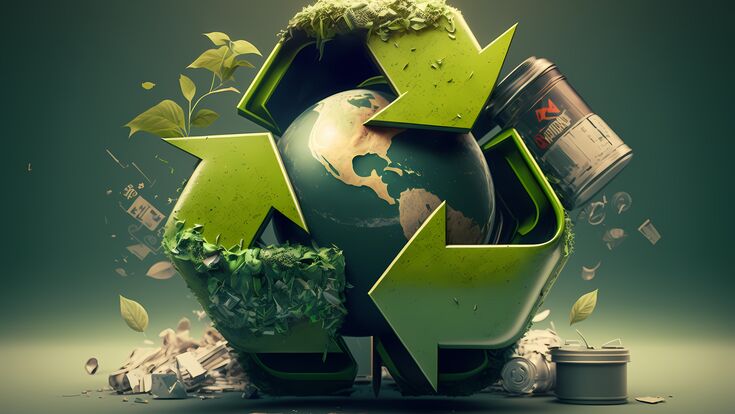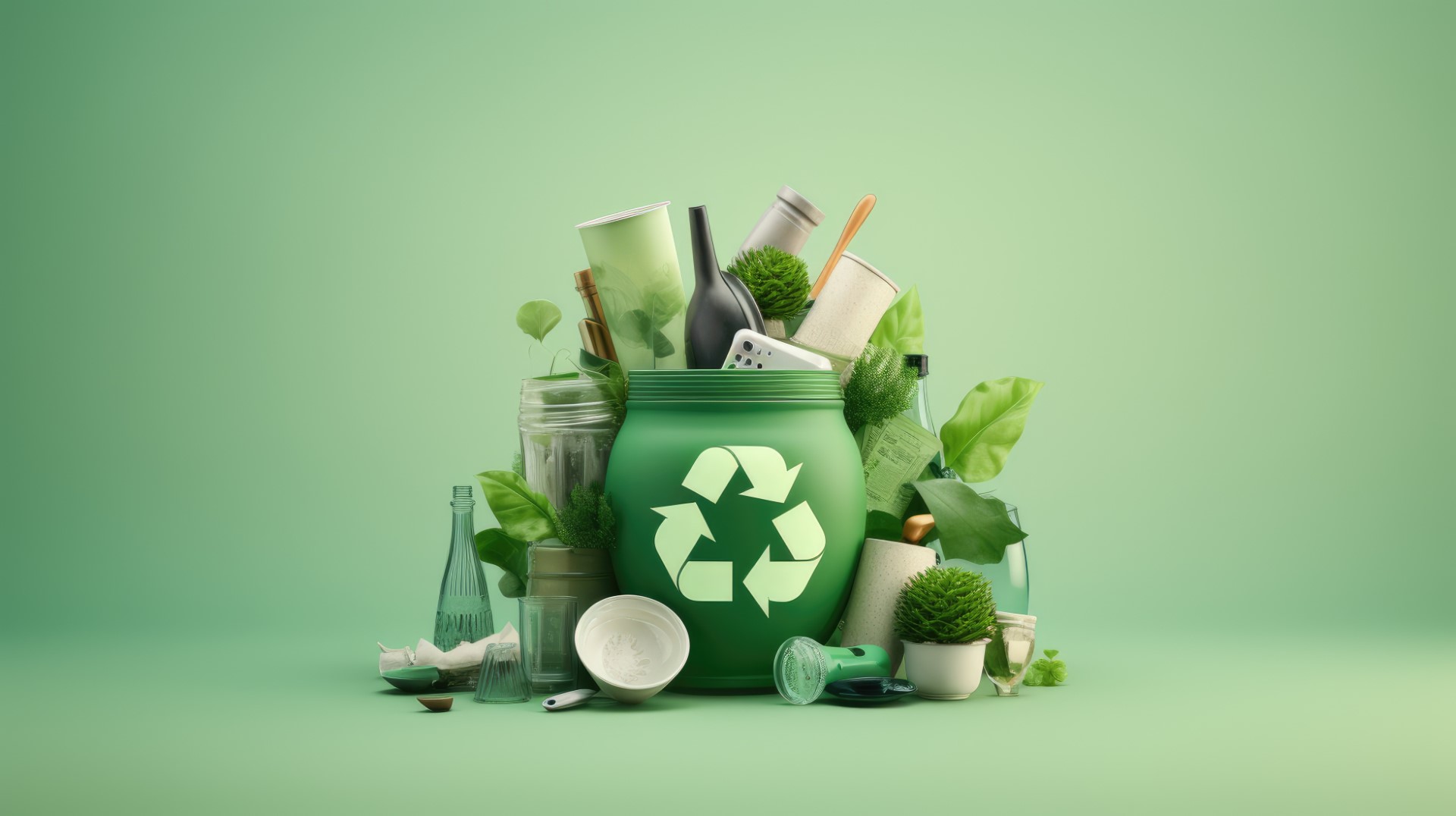Understanding the Classification and Handling of Various Kinds Of Waste
Reliable waste monitoring is pivotal for ecological sustainability, needing a comprehensive understanding of the classification and handling of different waste kinds. Family waste, industrial by-products, unsafe materials, electronic refuse, and natural residues each demand distinct procedures to ensure safety and reduce environmental damage. Applying right partition, treatment, and disposal techniques is important to reduce negative ecological impacts and advertise source conservation. The composting of natural waste contrasts dramatically with the detailed treatments required to take care of hazardous substances. This diverse method to waste management underscores its intricacy and the important need for specialized understanding in this domain.

House Waste
House waste, encompassing a wide selection of disposed of products generated from day-to-day living activities, stands for a substantial component of the overall waste stream - recycling lives services. This group consists of organic waste such as food scraps, backyard cuttings, and paper products, together with not natural materials like plastics, steels, and glass. The diverse nature of home waste necessitates efficient category and management to minimize ecological impact and advertise sustainable living practices
Reliable family waste monitoring begins with segregation at the resource, assisting in recycling, composting, and risk-free disposal. Organic waste, as an example, can be composted to create nutrient-rich soil changes, minimizing land fill worry and enhancing dirt health. Recyclable materials, including paper, glass, and particular plastics, can be processed and repurposed, conserving resources and decreasing power usage connected with new product manufacturing.
Additionally, hazardous household waste such as batteries, digital devices, and cleaning chemicals calls for specialized handling to avoid dirt and water contamination. Public understanding campaigns and practical disposal choices play vital roles in ensuring correct disposal and recycling of these materials. By executing robust waste decrease approaches and fostering community involvement, districts can considerably reduce the environmental impact of house waste.
Hazardous Waste
Hazardous waste, a major factor to international waste generation, incorporates a diverse series of materials created by manufacturing, building and construction, and various other industrial tasks. This category includes byproducts such as scrap metal, plastics, rubber, chemicals, and various other deposits. The structure and volume of industrial waste can vary dramatically relying on the industry and production procedures entailed. Reliable monitoring of industrial waste is vital for minimizing ecological effect and advertising lasting techniques.
The handling of commercial waste usually includes a number of processes: collection, segregation, disposal, and therapy. Collection systems are made to successfully gather waste materials from different sources within a commercial operation.
Adopting approaches such as waste minimization, source recuperation, and recycling can dramatically lower the problem of commercial waste on the setting, adding to more lasting commercial techniques.
Hazardous Waste

Harsh wastes can damage or destroy living tissues and products. Flammable wastes can quickly stir up, posing fire hazards, while responsive wastes can trigger explosions or release hazardous gases upon contact with other compounds.
Reliable contaminated materials management includes a number of key methods: recognition and segregation of hazardous materials, risk-free transportation and storage, and proper therapy and disposal. Treatment approaches might consist of chemical incineration, stabilization, and neutralization. Regulative conformity is necessary, guided by frameworks such as the Source Conservation and Recovery Act (RCRA) in the USA, which ensures risk-free and eco sound administration of unsafe waste.
Electronic Waste
Electronic waste, commonly abbreviated as e-waste, represents an expanding challenge in waste monitoring due to the fast obsolescence of technology. This category encompasses a wide array of disposed of digital gadgets, including smart devices, computers, tvs, and family devices. The intricacy of e-waste depends on its structure; these items include a mix of valuable products such as gold and copper, as well as hazardous substances like lead, mercury, and cadmium.

Regulation and policies, such as the European Union's Waste Electrical and Digital Devices (WEEE) Instruction, goal to promote responsible e-waste administration. These policies mandate producers to assist in the collection and recycling of electronic items, thereby decreasing the burden on garbage dumps and decreasing ecological contamination.
Organic Waste
Organic waste, incorporating eco-friendly materials such as food additional info scraps, lawn trimmings, and agricultural residues, comprises a substantial section of the municipal solid waste stream. This kind of waste is notable not only for its quantity yet additionally for its prospective environmental impact otherwise handled properly. Organic waste can decay anaerobically in landfills, producing methane, a powerful greenhouse gas adding to climate change.
Appropriate handling of natural waste involves a number of techniques. Composting is an extensively adopted technique, transforming organic materials into beneficial garden compost that can improve dirt and support sustainable agriculture. This process additionally reduces the quantity of waste sent to garbage dumps. One more strategy is anaerobic digestion, which breaks down organic issue in the lack of oxygen, generating biogas that can be used as a see page renewable energy source. In addition, diverting food waste from landfills via donation programs can reduce food instability while decreasing waste.
Municipalities and companies are progressively acknowledging the importance of organic waste monitoring. Carrying out extensive natural waste recycling programs not just minimizes ecological influences but likewise aligns with broader sustainability goals, promoting a circular economic climate where sources are consistently recycled and repurposed.
Final Thought
Reliable waste monitoring and ecological security require an extensive understanding of the category and handling of numerous waste types. Carrying out proper approaches for each waste kind makes sure liable and secure waste monitoring techniques, eventually contributing to the security of communities and public health.
Efficient waste administration is critical for environmental sustainability, needing a thorough understanding of the classification and handling of numerous waste kinds.House waste, including a wide range of disposed of products generated from everyday living tasks, represents a significant component of the total waste stream.Industrial waste, a major factor to international waste generation, includes a varied array of products created by production, construction, and various other industrial activities (recycling lives services).Hazardous waste, an essential concern in waste monitoring, makes up products that pose substantial dangers to human health and wellness and the atmosphere due to their hazardous, harsh, flammable, or reactive homes.Organic waste, including biodegradable materials such as food scraps, backyard trimmings, and agricultural residues, constitutes a substantial part of the metropolitan strong waste stream